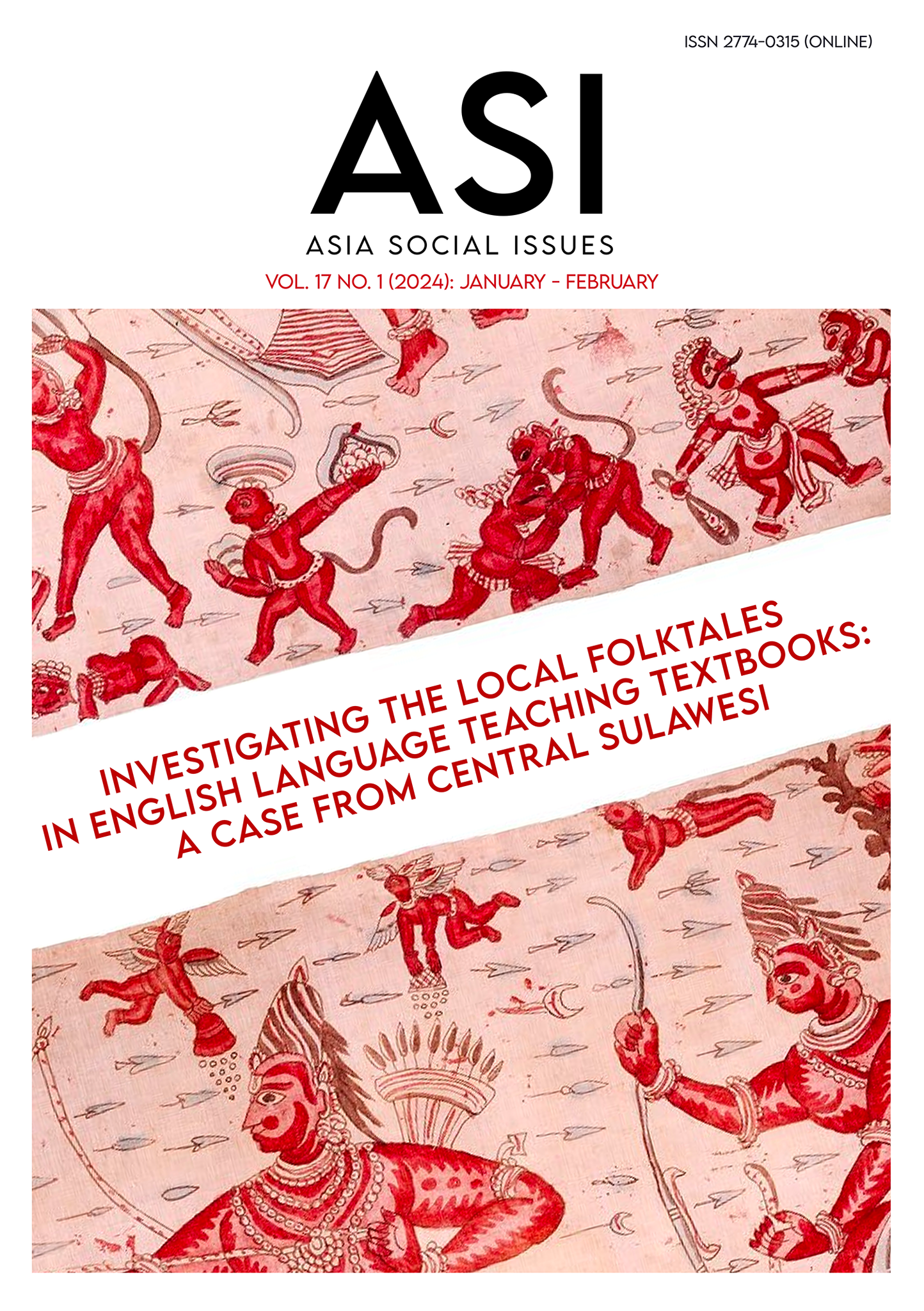An Empirical Study on the Factors Affecting the Layout of the Dairy Industry - Based on China’s Provincial Panel Data Analysis
Main Article Content
Abstract
The dairy industry is an essential civilian production industry. The study aims to explore the main factors that affect the layout of the dairy industry and determine the extent of the impact of industrial scale, industrial technology, and industrial resources on the industrial layout. Based on statistical data on China’s dairy industry, this paper mainly focuses on how the industrial scale, resources, and supportive policies towards the dairy industry distribution. The results show that the three of them significantly impact industrial distribution; meanwhile, the impacts of industrial policy on industrial distribution are performed more comprehensively. Then the paper discusses the influence and transmission mechanisms and provides recommendations to improve China’s dairy industry layout.
Article Details

This work is licensed under a Creative Commons Attribution-NonCommercial-NoDerivatives 4.0 International License.
Copyright: CC BY-NC-ND 4.0
References
Caloghirou, Y. L., & Aggelos, T. (1999). Internal capabilities and external knowledge sources: Complements or substitutes for innovative performance? Technovation, 24(1), 29-39.
Cheng, L., Yin, C., & Chien, H. (2015). Demand for milk quantity and safety in urban China: evidence from Beijing and Harbin. Australian Journal of Agricultural and Resource Economics, 59(2), 275-287.
Coleman J. (1988). Social Capital in the Creation of Human Capital. American Journal of Sociology. 94(Suppl.), S94:95-S120.
Collier, J. E., & Kimes, S. E. (2013). Only if it is convenient: Understanding how convenience influences self-service technology evaluation. Journal of Service Research, 16(1), 39-51.
Dai, J., & Wang, X. (2014) Is China’s dairy processing industry oligopolistic and/or oligopsonistic? . China Agricultural Economic Review, 6(4), 644-653.
De Piero, A., Bassett, N., Rossi, A., & Sammán, N. (2015). Trends in food consumption of university students. Nutricion hospitalaria, 31(4), 1824-1831.
Dube, L., & Renaghan, L. M. (1994). Measuring Customer Satisfaction for Strategic Management: For financial success, a restaurant’s management must make the connection between service attributes and return patronage. Here’s a way to establish that connection. Cornell Hotel and Restaurant Administration Quarterly, 35(1), 39-47.
Gabe, T. (2013). Local industry agglomeration and new business activity. Growthand Change, 34(1), 17-39.
Hao, X. Y., Gong, F., & Wen, Z. C. (2011). The difference measurement of spatial distribution in dairy manufacturing industry in China. Resources and Environment in Arid Areas, 25(4), 56-61.
He, Y. C., Zheng, N., & Zeng, N. Y. (2010). he difference measurement of spatial distribution in dairy manufacturing industry in China. China price, 33(06), 22-25.
Hu, Y. (2021). Three trends of the eight opportunities in the dairy industry in 2018. China Dairy Industry, 11(1), 2-8.
Jayaraman, K. (2010). Doing business in China: A risk analysis. Journal of Emerging Knowledge on Emerging Markets, 1(1), 7.
Jolink, A., & Niesten, E. (2015). Sustainable development and business models of entrepreneurs in the organic food industry. Business Strategy and the Environment, 24(6), 386-401.
Kaushal, M. L. A. (2019). Milk basket: a sustainable & innovative business model. National conference on “achieving business excellence through sustainability and innovation”. New Delhi, India: Delhi Institute of Advanced Studies
Kong, X., Tan, J., & Zhang, J. (2022). Thinking of peace when rich: The effect of industry growth on corporate risk-taking. China Journal of Accounting Research, 15(2), Article 100225.
Li, L. Y. (2020). The qualified rate of dairy products issued in the report on quality and safety of Chinese dairy products has been over 99% for five consecutive years. Shanxi Agricultural Economic Development, 52(18), 48-52.
Lin, L. Y., & Hu, H. (2005). Industrial organization analysis of dairy manufacturingindustry in China. Journal of Nanjing Agriculture University (Social Science Edition), 42(1), 34-38.
Lin, X. L. (2019). Analysisofdomesticdairyproductagglomerationpathandpolicysupport. China Dairy Industry, 47(09), 35-38.
Liu, C., Cui, L., & Li, C. (2022). Impact of environmental regulation on the green total factor productivity of dairy farming: evidence from China. Sustainability, 14(12), Article 7274.
Liu, C. Q., & Han, L. (2021). Review of China’s dairy economic situation in 2020 and outlook for 2021. China Animal Husbandry Journal, 57(3), 212-216.
Liy, H.(2021). The strategy of upgrading dairy processing industry in HeilongjiangProvince under the guidance of symbiosis theory. Heilongjiang Animal Husbandry and Veterinary Medicine, 32(4), 22-26
Taylor, M. (2009). Working together for a better future. Journal of Farm Management, 13(8), 574-582.
Tan, W. (2011). Economic analysis of the antitrust case of the milk powder industry in China. Nonlinear Oscillations, 13(4), 469-492.
Turco, D. M., & Kelsey, C.W. (2004). Conducting economic impact studies of recreation and parks special events. Washington, DC: National Recreation and Park Association.
Wang, Q., Parsons, R., & Zhang, G. (2010). China’s dairy markets: trends, disparities and implications for trade. China Agricultural Economic Review, 2(3), 356-371
Weinroth, M. D., Belk, A. D., & Belk, K. E. (2018). History, development, and current status of food safety systems worldwide. Animal Frontiers, 8(4), 9-15.
Wibowo, S., Yang, R., & Ramsaran, R. (2019). Benchmarking the performance of dairyproducts in Chinese dairy industry. Benchmarking: An International Journal, 26(2), 714-731.
Willett, W., Skerrett, P. J., & Giovannucci, E. L. (2017). Eat, drink, and be healthy: the Harvard Medical School guide to healthy eating. US, New York: Simon and Schuster.


